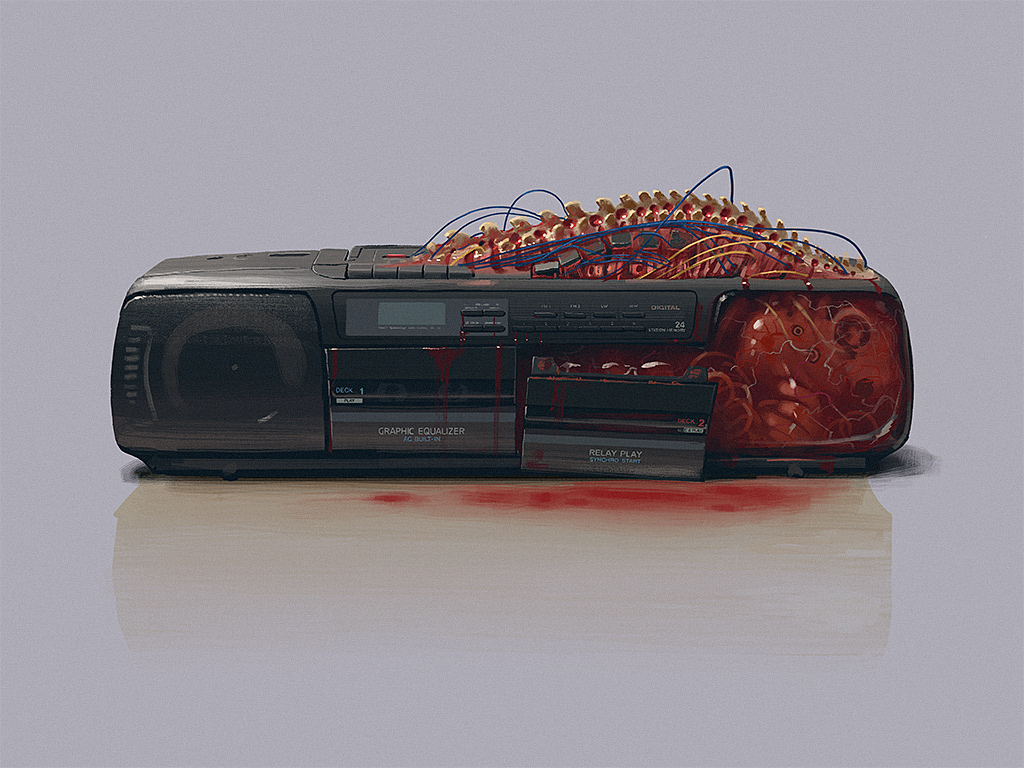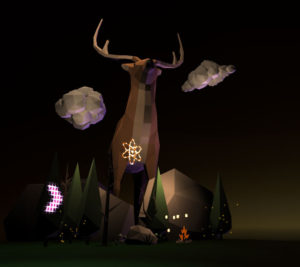
Artistic Statement
For this assignment I wanted to do something whimsical. The two spoon designs I did are Absinthe spoons. Absinthe spoons are generally delicate, and shallow. They are recreational drug use spoons, which means they also hold with them an aspect of ritual. An object only to be used at specific times, for specific reasons, vs an everyday item of use. This gave me some freedom to explore using the bowl as a vehicle for the actual expression of shape. Absinthe spoons are usually based in natural design patterns, but are wonderfully varied. For these particular ones, I wanted them to be a bit more modern, so the leaf shapes still call back to old designs, but keeping it smooth, and formed makes it more current. In terms of manufacturing, I designed this to be wax printed, and then cast in either silver, or gold. Other options could be in the form of stainless steel or a gold plated output. Absinthe spoons are usually silver, but at its base it needs to be metal to stand up to water, corrosion, and fire. The casting quote came to $150 to print and cast one spoon in silver.
Outcome

Process and Development
In terms of process and development, I started by digitally and play with shapes. Using some basic forms and references, I started drawing different shapes, and modelling them in Rhino to see what worked. I really enjoyed discovering and using commands like cage edit and bend. Rhino has a lot of really interesting options for making natural shapes,and I wanted to do some explorations with that.

Overall I wanted to keep my design pretty simple. Since my focus was on the leaf being the bowl, I felt that whatever was attached to it, should support your focus going back to the bowl. I formed the handles to reflect the basic shape of the bowl, but not take away from it. I also wanted both spoons to be similar, but not quite the same, so they felt like a set.
A Quick Note On Packaging
I think in this case packaging is a personal thing. Because these are not common everyday use spoons, they don’t always come in a branded box. They will sometimes come as part of a set, or in special cases like one you keep eye glasses. I experimented a bit with making a basic pillow box, and some basic folded boxes, but in the end I settled on the idea that if these were my spoons, I would just wrap them in felt and tie them with a leather tie.






